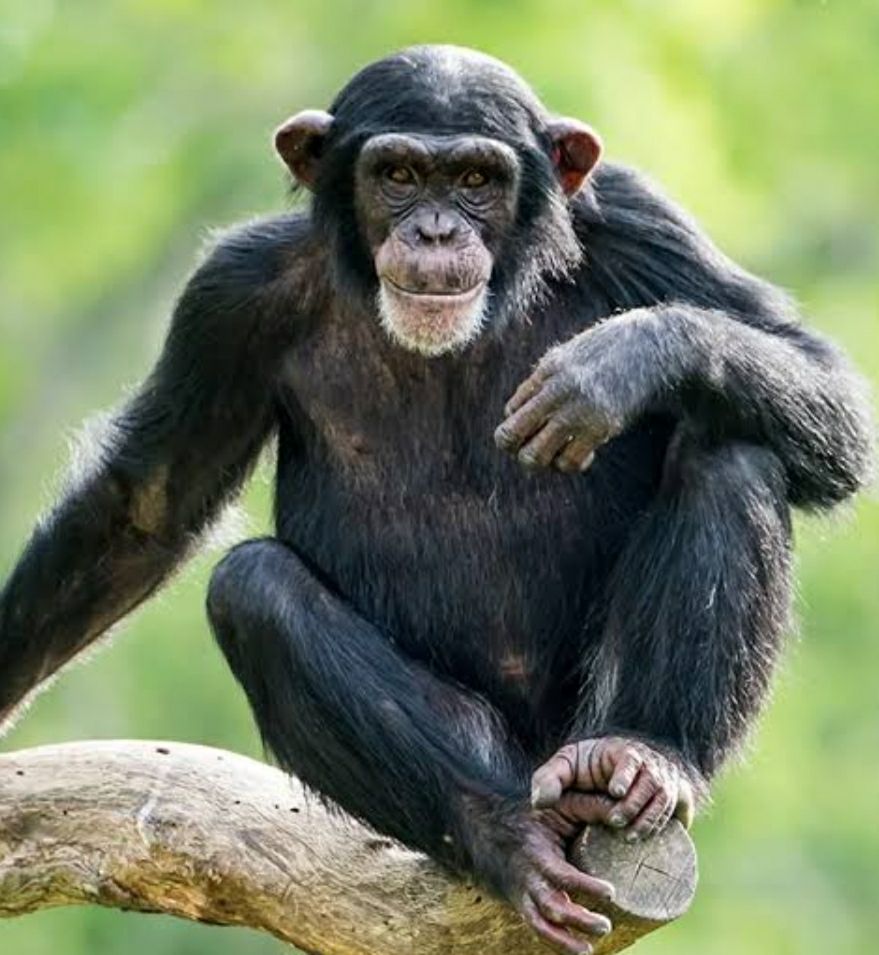Posted inGeography
Flamingos are distinctive birds known for their vibrant pink color and long, slender legs.
Greater Flamingo (Phoenicopterus roseus): The largest species, found in parts of Africa, Europe, and Asia. Lesser Flamingo (Phoeniconaias minor): The smallest species, primarily found in Africa and India. Chilean Flamingo…


